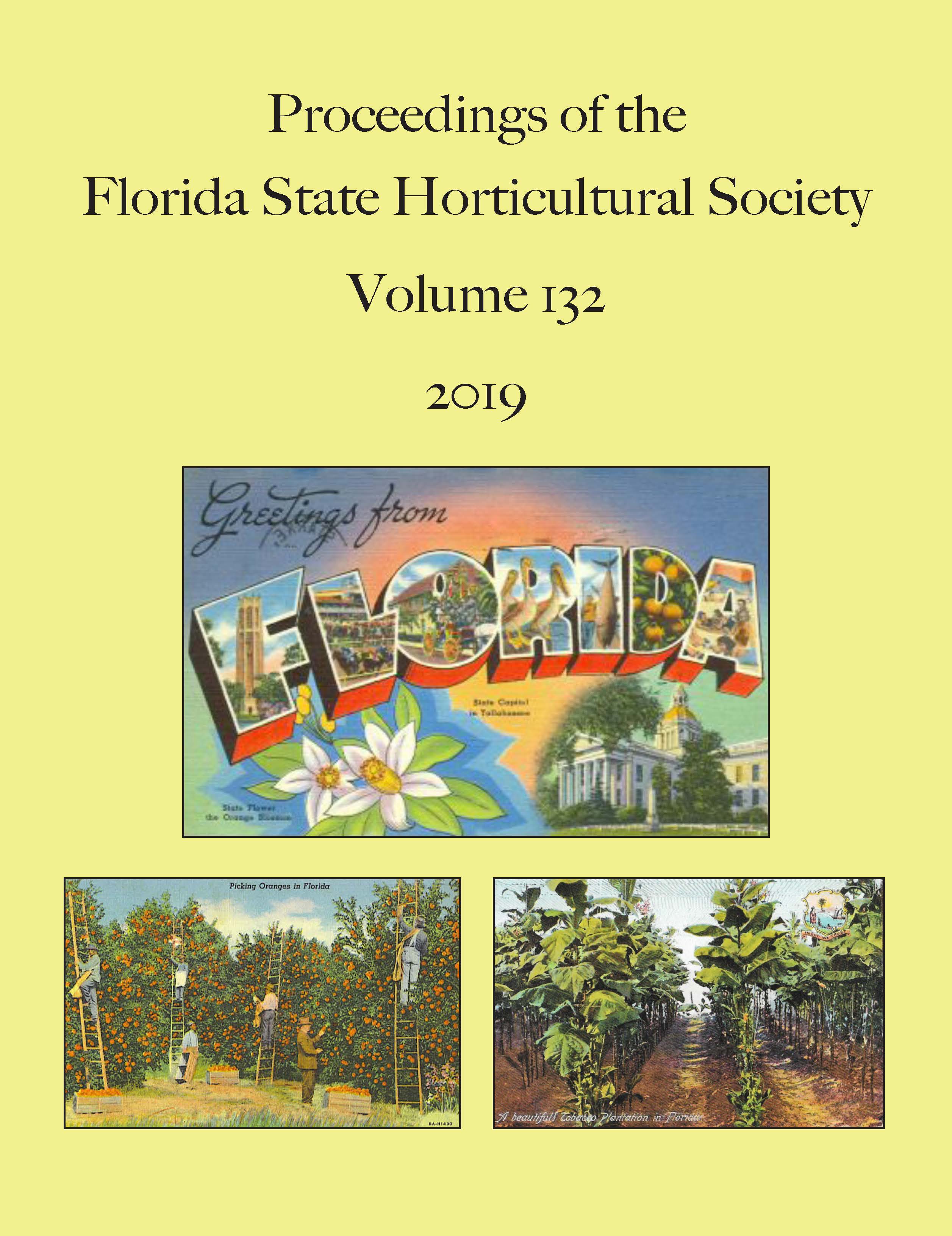Abstract
Redroot floater (Phyllanthus fluitans Benth. ex Müll. Arg.) and feathered mosquitofern (Azolla pinnata R. Brown) are relatively recent invaders in Florida’s waters. Both species are small (< 3 cm) obligate aquatic plants that float on the surface of the water with their roots dangling in the water column. We conducted greenhouse experiments in mesocosms to evaluate the efficacy of 13 foliar-applied aquatic herbicides alone and in combination for a total of 35 treatments. Plants were treated once and grown out for 6 weeks after treatment, then scored for visual quality and destructively harvested to determine dry biomass. Most herbicides provided effective control (reduction in visual quality and biomass of at least 90% compared to untreated controls) of redroot floater and feathered mosquitofern. Both species were susceptible to any mix that included diquat, and the majority of herbicides evaluated also performed well alone. These findings suggest that lackluster results after field management of these species are not due to herbicide tolerance, but are likely the result of other factors. Both species tolerate shoreline stranding, and stranded plants can escape herbicide treatments by persisting in wet soil along the banks of a treated area. Once floating populations have been killed as a result of herbicide treatment, stranded plants may flush back into the water, where they can quickly re-populate the treated area (which is now nutrient-enriched from the dying plants) with greatly reduced intraspecific competition. Therefore, it is critically important that all plants targeted for treatment – including those stranded along shorelines – actually receive herbicide applications.

